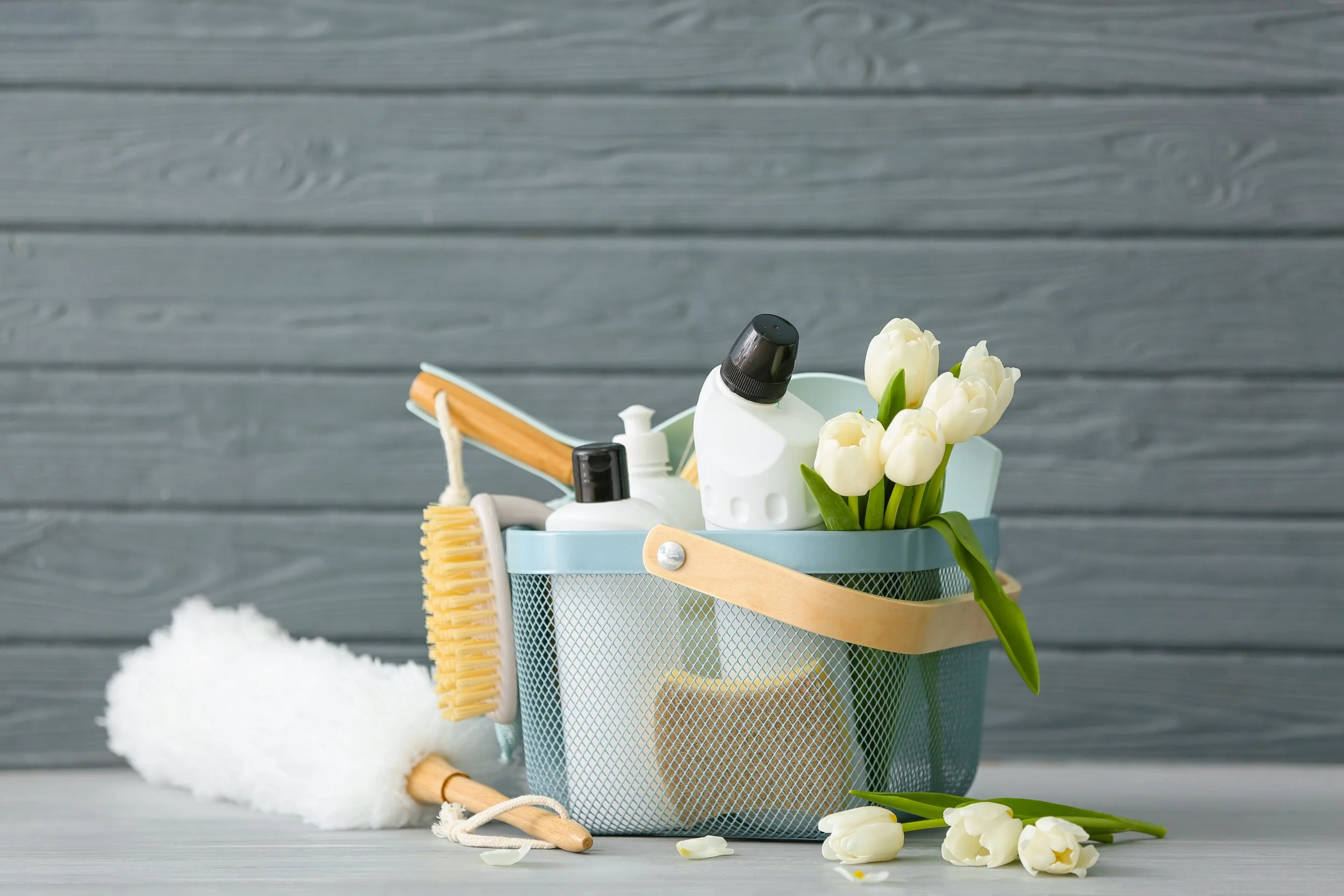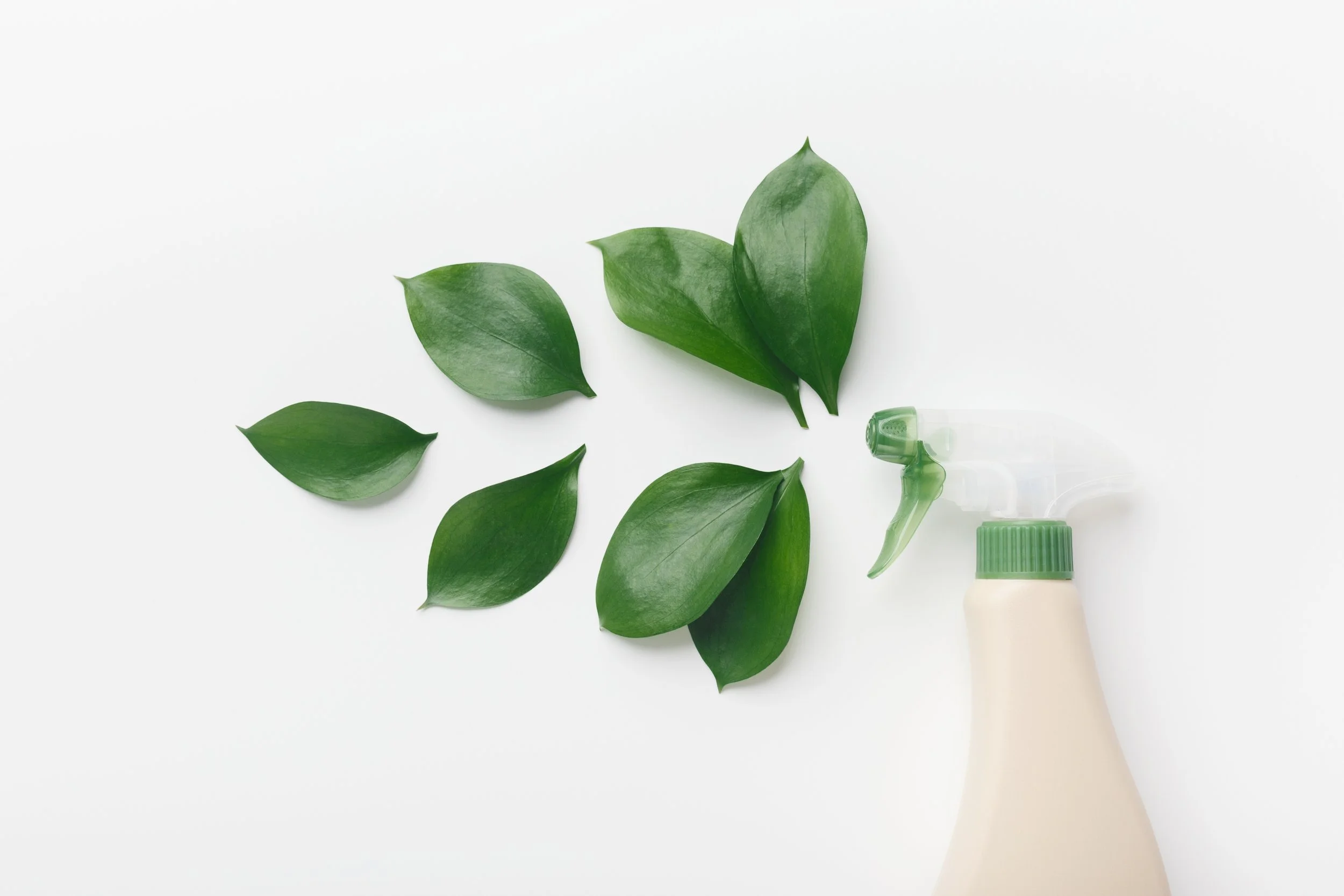
Why Homework
-

Pet Welfare
We know how important pets are to you and your family. We’ve taken care to ensure that all of the cleaning products we use are safe for pets. Employees are also comfortable with cats and dogs, so their presence will not be a problem.
-

Security
All Homework employees have been subjected to thorough criminal background checks. In the unlikely event of theft, Homework is insured. Homework also takes care to ensure that your doors are locked while we work and upon our departure.
-

Sanitize electronics
Homework uses PhoneSoap™ to sanitize electronics, including keyboards, mice, remote controls, gaming console controllers, keys, and even your tablet, smartphone, and smart watch should we come across them while we clean.
-

Fully Licensed & Insured
Homework is fully licensed by the City of Edmonton, and has a valid Direct Seller’s License from the Government of Alberta. Furthermore, it holds a $5 million liability insurance policy which includes a theft component, as well as WCB coverage.
-

Safety
Homework meets or exceeds the safety standards established in the Alberta OHS Act, Regulation, and Code.
-

Allergies & Asthma
If your family suffers from environmental allergies or asthma, Homework will employ proper cleaning procedures to minimize your exposure to triggers. In addition, we will always take care to avoid inadvertently introducing allergens into your home.
Superior tools
We use the best tools in the business! Our teams use Smart Microfibre System™ cloths to provide a superior shine, particularly when used on stainless steel, and Miele™ bagged vacuum cleaners, which are widely considered the best and most hygienic canister vacuums in existence. We will often use (infused) vinegar, baking soda, phenolics, hydrogen peroxide, CLR, certain essential oils, and green cleaning products and supplies from Attitude® to clean, sanitize, and disinfect your home as these products are effective and safe. Homework also has an ultra-low volume fogger for whole-house disinfection.
Eco-friendly
We use green cleaning products and supplies from Attitude®, a Canadian company. We’ve checked every product we use against the Environmental Working Group™ (EWG) Guide to Healthy Cleaning, and we favour products that have been green-rated (i.e. graded either A or B). We make efforts to minimize our waste, as well, and we use a Cora Ball™ in our washing machine to prevent plastic pollution from the microfibre cloths we use.
More
-
Homework is a small, local, family-owned & -operated business that provides boutique-level individual attention to each of its clients. It is committed to high-quality work and customer satisfaction.
-
“Measure what is measurable, and make measurable what is not so.” - Galileo Galilei
From time to time, we may use specialty equipment to measure air quality in your home and swab certain surfaces to determine the effectuality of our work. We will use this to guide improvements in our own service and for future marketing materials.
The information we use to inform our processes is from trusted sources like the Environmental Protection Agency (EPA), Centres for Disease Control (CDC), Food and Drug Administration (FDA), Health Canada, Alberta Health Services, the U.K. National Health Service, Environmental Working Group (EWG), Mayo Clinic, Johns Hopkins, Harvard Health, and World Health Organization (WHO). We tend toward sources that focus on science, like Live Science, Science Direct, Psychology Today, and Scientific American. We also vet all sources and cross-check them against one another. Industry publications and websites like Cleaning and Maintenance Management, Food Safety Magazine, Healthcare Facilities Management Magazine, Services Magazine, Cleanroom Technology Magazine, American Cleaning Institute, and scientific journals like the American Journal of Infection Control are also among those we trust.
We also review our knowledge base and the documents that prescribe our processes and procedures periodically to ensure that both reflect current scientific research and take advantage of the latest and greatest technology.
-
Homework’s objective is to make your home as comfortable and as healthy as possible. To that end, we must ask: how clean is too clean? Can a space be too hygienic? The hygiene hypothesis posits that ultra-sanitized environments may cause the development of asthma and/or allergies in young children. It may, therefore, be especially important for infants, toddlers, and children to be exposed to certain microbes. A sterile environment would not afford this.
Some also believe that exposure to germs helps to strengthen the immune system against other health conditions. An ultra-sanitized home might not provide enough opportunity for this. The evidence for these theories is not conclusive, but nevertheless, Homework takes the hygiene hypothesis into account when disinfecting your home. We are particularly aware of this when young children reside within the home. Conversely, we will also take into account conditions that leave you or your family immunocompromised, should you disclose them to us, in which case we will step up disinfection efforts.
Experts recommend targeted hygiene in residential settings. This means special attention should be devoted to the kitchen and bathrooms. For that reason, we will routinely disinfect those rooms, including countertops and sinks, as well as light switches, doorknobs, faucet handles/knobs, appliance control panels, cooktops/stoves, kitchen tables, and toilet seats. Outside of these rooms, we will only disinfect high-touch surfaces such as light switches, doorknobs and faucet handles/knobs. All other other surfaces will be cleaned but not sanitized or disinfected.
-
Both cleaning agents (detergents and soaps) and sanitizers or disinfectants can leave behind residues on the surfaces on which they are used. Not only can such residues be visible, affecting the ambience and appearance of your home, and sticky, affecting your comfort within, they can also be hazardous. Some residues cause surfaces to be slippery; on floors, this can contribute to slip-and-fall risks, which account for 15% of accidental deaths in the United States (Cleaning & Maintenance Management). Additionally, residues from cleaning agents can interfere in the ability of a disinfectant to effectively destroy or inactivate potentially dangerous pathogens. Moreover, residues can provide a food source for new microbes, which defeats the purpose of cleaning and disinfection efforts altogether. Some evidence suggests that residues might also contribute to antimicrobial resistance, a serious and growing public health concern. Residues of certain cleaning products or disinfectants may cause, trigger, or exacerbate asthma or allergies (Food Safety Magazine). Lastly, residues from some cleaning products or disinfectants can be toxic, which can be particularly problematic if allowed to remain on surfaces used for food preparation or on surfaces or objects that are likely to be mouthed by young children. While it’s important to eliminate potentially-dangerous pathogens, this must be done without introducing potentially-toxic substances to our client’s homes.
For these reasons, Homework’s processes and procedures are designed to minimize or eliminate residues from cleaning, sanitizing, and disinfection products. First off, we’ve chosen detergents, cleaning agents, sanitizers, and disinfectants that are low-residue and free-rinsing (meaning that the residues they leave are easily removed). The disinfectants we use — phenols and hydrogen peroxide — leave virtually zero residue behind on a surface! Second, we rinse surfaces after cleaning to remove residues left by soaps, detergents, and cleaning agents. Third, we only use safer, eco-friendly cleaning agents and disinfectants so that if any residue is left behind, it is as harmless as possible.



